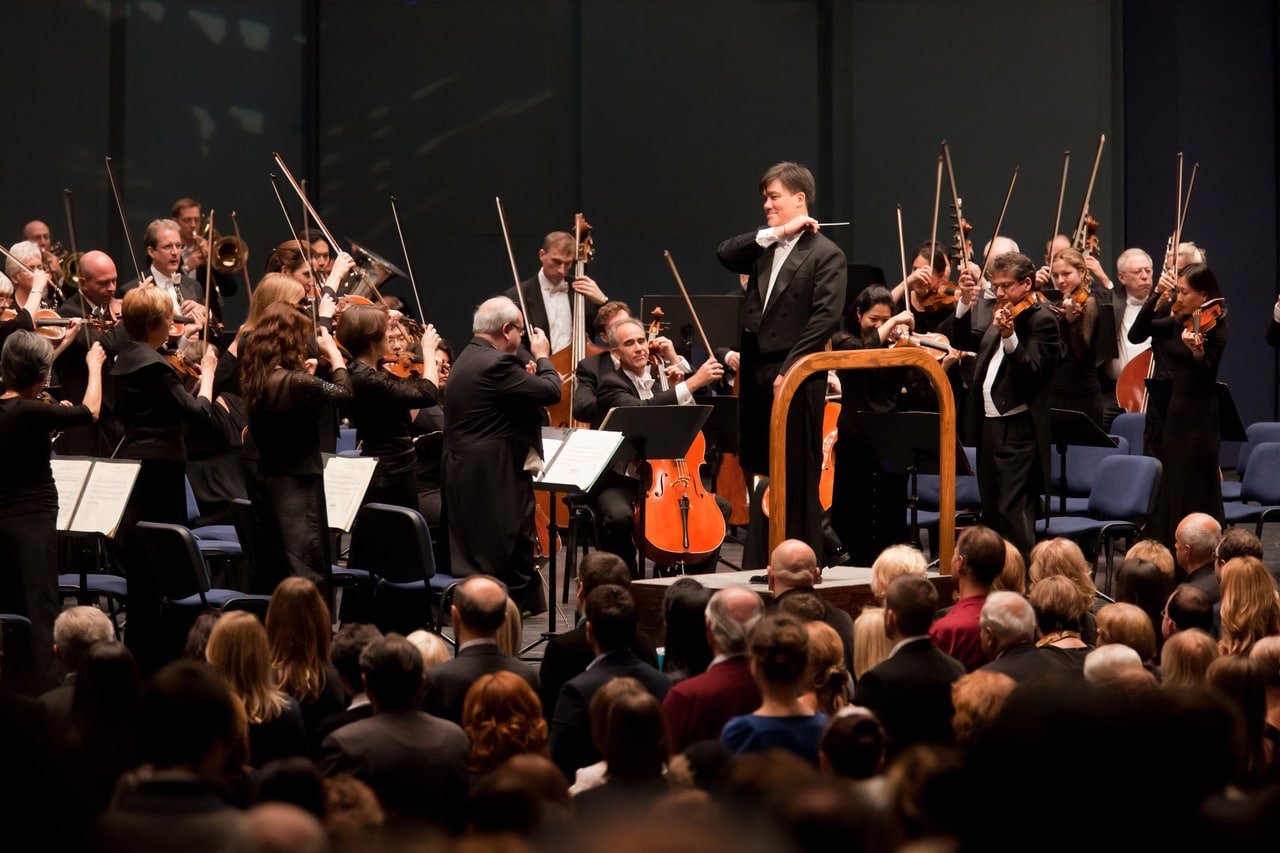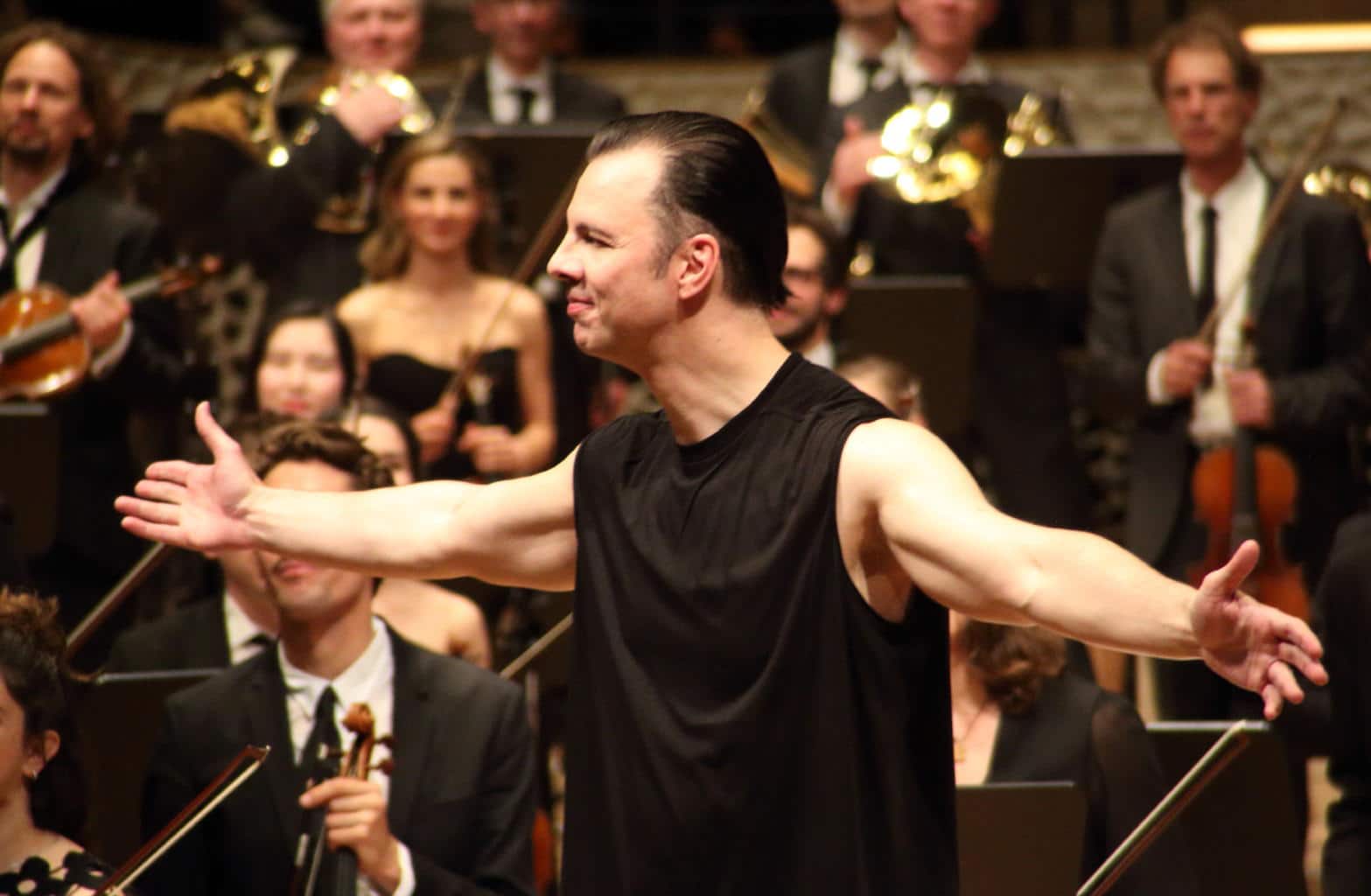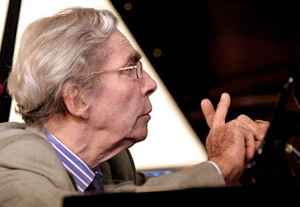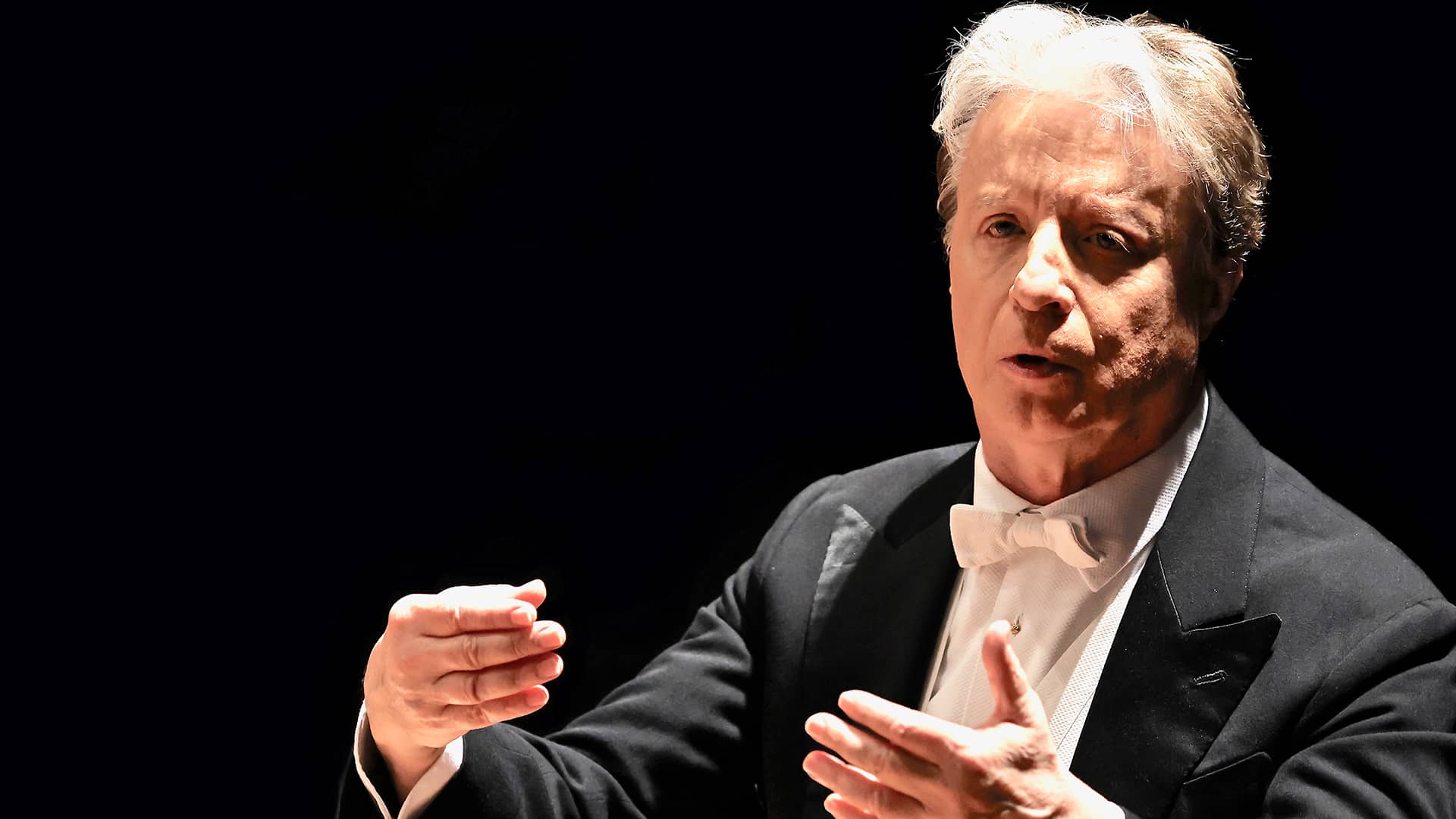$200k pay deal at the NY Phil will impact ticket prices, but that’s no bad thing
OrchestrasLetter from Professor Ira Sohn in this weekend’s Financial Times:
Regarding Tim Harford’s disquisition on the “Baumol effect” and his observation that “it still takes four musicians between 25 and 30 minutes” to play a Haydn string quartet, a few additional comments are in order (Magazine, Life & Arts, September 28).
First, Professors Baumol and Bowen (and your columnist) were correct to argue that as living standards increase those wishing to attend live performances will face higher ticket prices, absent government subsidy. The recently announced agreement increasing the base pay of the New York Philharmonic musicians to above $200,000 a year will certainly result in higher ticket prices in future.
But given the impressive technological changes we have experienced in recording and diffusion of music over the last half-century, most music lovers have no need to attend live performances. They can enjoy concerts on their Sony 85-inch 4K UltraHD TVs through paid subscriptions or “pay-per-view”. Judging by recent Taylor Swift concerts, live music is becoming the 21st century’s version of “Veblen goods”, a luxury product for which demand increases as the price rises.
Second, regarding productivity gains more generally in the vast public-service sectors of rich-country economies, as Harford argues, the Baumol effect, sometimes called “Baumol’s cost disease”, is not — or should not — be operating.
Larger class sizes (either on site or through Zoom-like technologies) at universities, or devolving doctors’ lesser tasks to pharmacists, medical technicians and physician assistants, along with many DIY procedures administered at home, are examples of productivity improvements in the education and healthcare sectors.
If costs continue to increase for these services we should be looking elsewhere for the reasons, such as anti-competitive forces and political considerations. For example, there does not seem to be any justification to have armies of low-skilled labour manually collecting trash or fallen leaves from public spaces in New York City when one person equipped with the right machine can deliver the same result at a fraction of the cost.
Ira Sohn
Emeritus Professor of Economics and Finance, Montclair State University, Upper Montclair, NJ, US






Comments